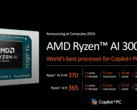AMD made its new Strix Point Ryzen AI 300 Zen 5 APUs official last week at Computex 2024. Laptops based on Ryzen AI 300 have also been announced at the tech fair, but it will be some time before they hit shelves. However, the leak train waits for none, and we already are seeing the first benchmarks of what appears to be the new Ryzen AI 9 HX 370.
AMD initially had plans to introduce Strix Point as the Ryzen AI 100 series but some marketing maverick at Santa Clara HQ probably felt higher numbers can potentially steal some spotlight away from Lunar Lake and the Snapdragon X Elite chips. Therefore, early samples still identify as Ryzen AI 100 or, in this case, the Ryzen AI 9 HX 170. Likewise, the integrated RDNA 3.5 GPU in this APU gets identified as the Radeon 880M but is otherwise designated the Radeon 890M in production samples.
Two laptops featuring the Ryzen AI 9 HX 370 viz. the Asus TUF Gaming A14 and the Asus ProArt P16 — both of which were announced at Computex 2024 — have made their way to the Geekbench database.
AMD Ryzen AI 9 HX 370 inches close to the Ryzen 9 7945HX
The TUF Gaming A14 reports scores of 2,816 and 12,916 in Geekbench 6.3 single and multi-core while the ProArt P16 manages to amass 2,544 and 14,158 points, respectively.
Taking the highest scores into account, this puts the 12C/24T Ryzen AI 9 HX 370 just 2% slower than the 16C/32T Ryzen 9 7945HX average in single-core while trailing by 13.2% in multi-core. The performance delta increases to 3.4% and 16.5%, respectively in comparison with the Ryzen 9 7945HX3D. Interestingly, the Ryzen AI 9 HX 370 is also able to take on the Intel Core i9-13950HX average, trailing by just 3.5% and 16% in single and multi-core, respectively.
We are not sure of the exact TDPs at play here, but the numbers are still impressive considering that the Ryzen AI 300 SoCs are configurable between 15 W and 54 W while the Zen 4 Dragon Range HX and Intel 13th gen HX go north of 55 W.
That being said, the raw Geekbench 6 data interestingly shows the TUF Gaming A14 (Zen 4-based TUF Gaming A15 starts from US$766 on Amazon) offering only about 2 GHz clocks while the ProArt P16 can decently sustain 3.6 GHz. It likely that the ProArt P16 is configured with a higher TDP as it lacks a dGPU, but it is also possible that the TUF Gaming A14 is running an early engineering sample that simply doesn't boost as much.
Radeon 890M beats GTX 1650 Mobile in OpenCL
The ProArt P16 also tries its hand in Geekbench OpenCL wherein its Radeon 890M scores 41,995 points. This puts it ahead of the Nvidia GeForce GTX 1650 Ti Max-Q (41,045) while being 39.3% faster than the Radeon 780M (30,151).
While this is indeed good performance in this benchmark, it remains to be seen how the Radeon 890M would fare in other synthetic and gaming benchmarks. With Intel launching Xe2-LPG Battlemage first with Lunar Lake, it will be interesting to see how these two iGPUs would square off in real-world tests.




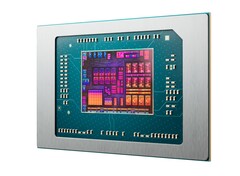


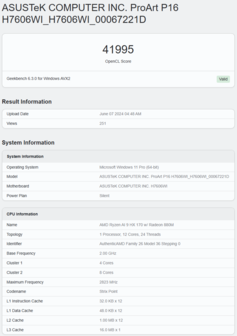
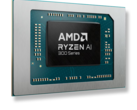

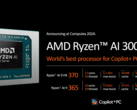

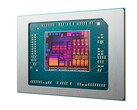
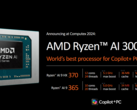






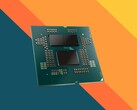
![Ryzen Strix Point was supposed to launch as Ryzen AI 100 series after all (Image source: AMD [edited])](fileadmin/_processed_/8/8/csm_Ryzen-Strix-Point-processors-name-change_0246899ebf.jpg)







